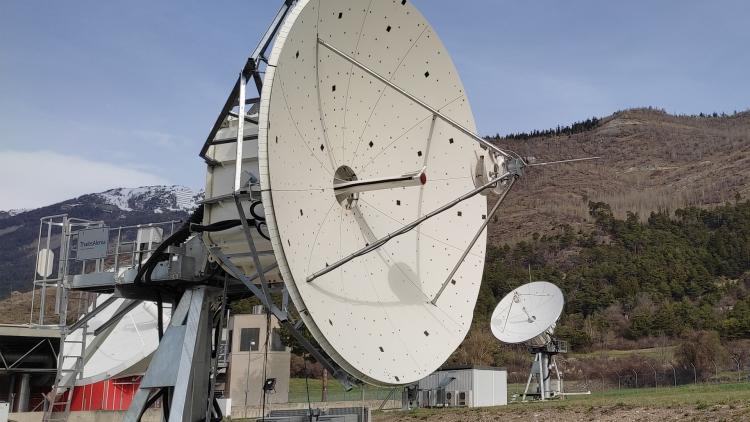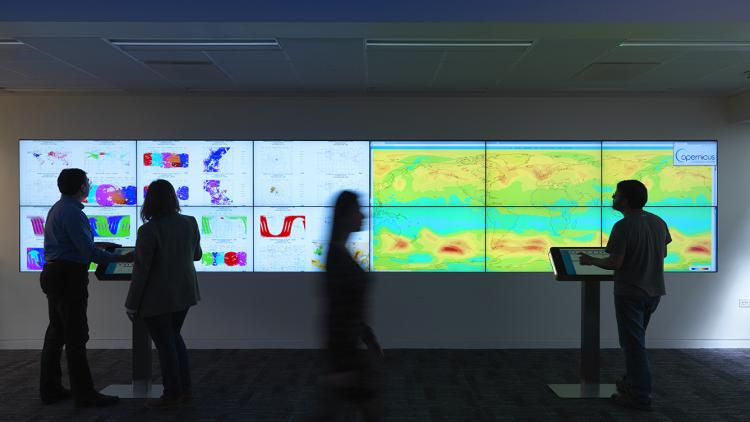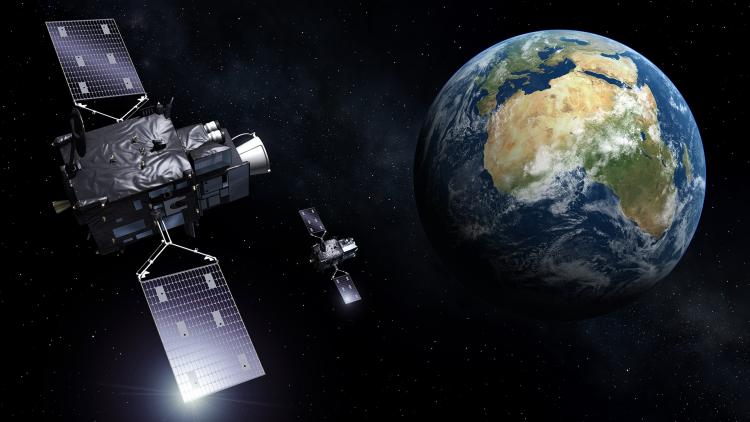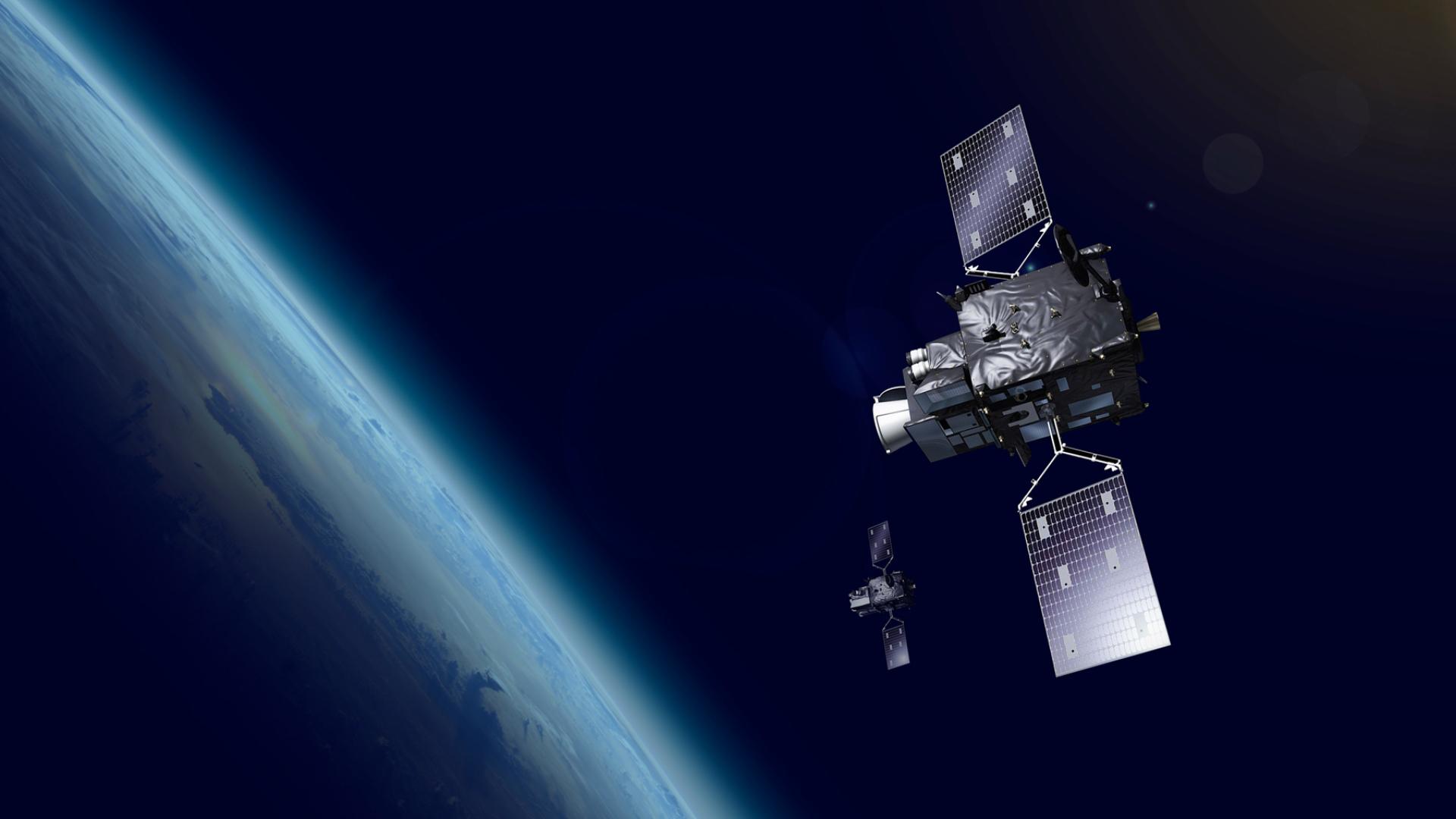
Keeping an orbiting satellite on track is no easy feat
Meet Miguel Serrano, one of many behind the Meteosat Third Generation mission

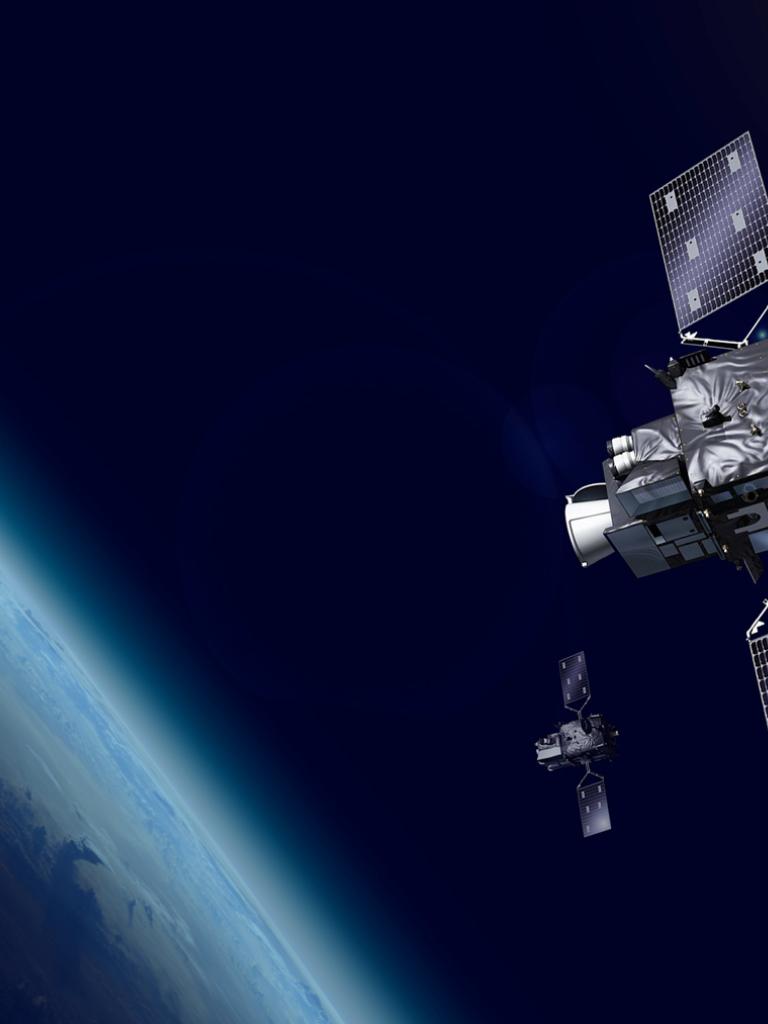
As we gear up for the end-of-the-year launch of the first of the Meteosat Third Generation satellites, we are shining a spotlight on the important people who are making this mission happen.
Because there is a limit to how accurately models can predict how different perturbations will affect the satellite, Serrano and his team are preparing for the launch of MTGI-1 by exploring the optimal ways to operate the satellite. They review studies – and perform some of their own – in order to best predict the satellite’s behaviour, taking into account the uncertainties and other operational constraints the satellite will be subject to in space. Then, once the satellite is flying, they will receive a constant stream of information in order to determine where the satellite is and what direction it is facing – and to keep it on track.
“It’s thrilling to approach the time when the satellite will actually fly and it will be rewarding to see my team’s hard work pay off in a successful mission,” Serrano said. “This is why I left Spain eighteen years ago and never went back!”
Author:
Sarah Puschmann

